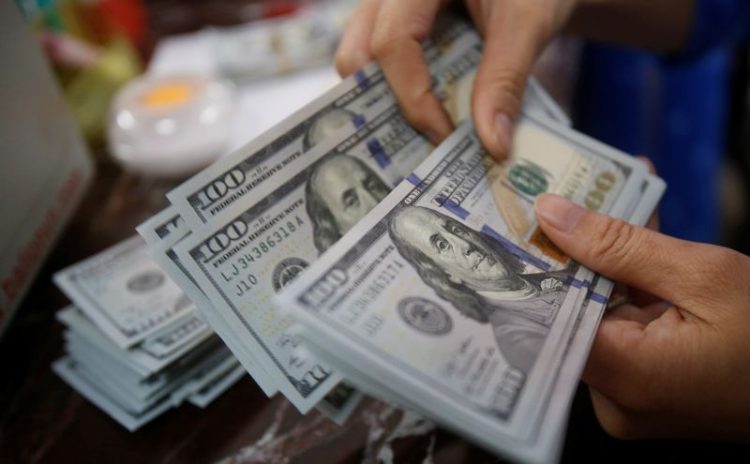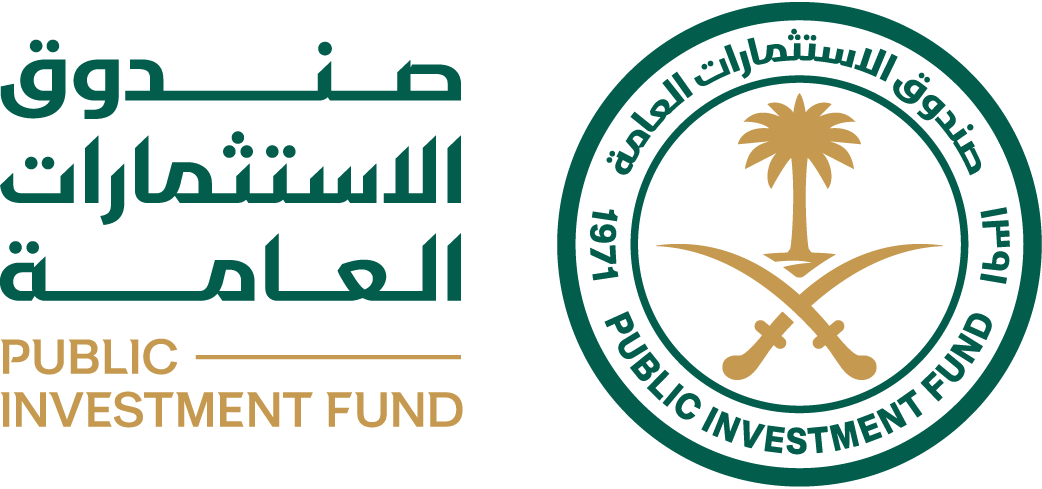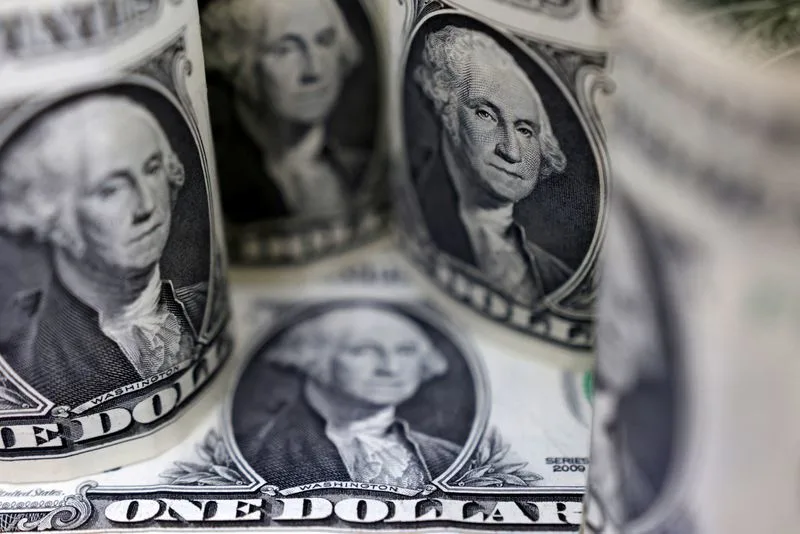Publisher: Maaal International Media Company
License: 465734
Dollar tumbles as Fed says disinflation in play
اقرأ المزيد
The dollar slid on Thursday after the U.S. Federal Reserve said it had turned a corner in the fight against inflation, giving markets a boost in confidence that the end of the central bank’s rate-hike campaign was near, Reuters reported.
Investors took a dovish cue from Fed Chair Jerome Powell’s remarks on Wednesday that “the disinflationary process has started” in the world’s largest economy, although he also signalled that interest rates would continue rising and that cuts were not in the offing.
The Fed’s statement on Wednesday, which came after the conclusion of its two-day policy meeting, where policymakers agreed to raise rates by 25 basis points, marked the central bank’s first explicit acknowledgment of slowing inflation.
The dollar dived following Powell’s remarks. Against a basket of currencies, the U.S. dollar index fell to a fresh nine-month low of 100.80 on Wednesday.
It was last 0.07% down at 100.88, having ended more than 1% lower on Wednesday.
The Aussie surged to an eight-month high of $0.7158 in early Asia trade on Thursday and last bought $0.7150, after rallying 1.2% in the previous session.
The kiwi similarly hit a fresh eight-month peak of $0.65365, after jumping more than 1% on Wednesday.
Against the Japanese yen, the dollar slid more than 0.5% to a session-low of 128.17.
With the Fed out of the way, the stage is set for the European Central Bank (ECB) and the Bank of England (BoE) to announce their interest rate decisions later on Thursday. Expectations are for a 50 bp rise from each.
The euro rose to a roughly 10-month peak of $1.1034 on Thursday and was last 0.3% higher at $1.1023, while sterling moved up 0.14% to $1.2392.
Euro zone inflation eased for the third straight month in January, data on Wednesday showed. But any relief for the ECB may be limited, as underlying price growth held steady and concerns have already been raised about the reliability of the figures.
In the United States, Friday’s nonfarm payrolls report will be the next test of the Fed’s fight against inflation, though official statistics on Wednesday showed that job openings had unexpectedly risen in December, pointing to a still-tight labour market.
Markets are now expecting the Fed funds rate to peak just under 4.9% by June, compared with earlier expectations of a peak of just below 5%.









